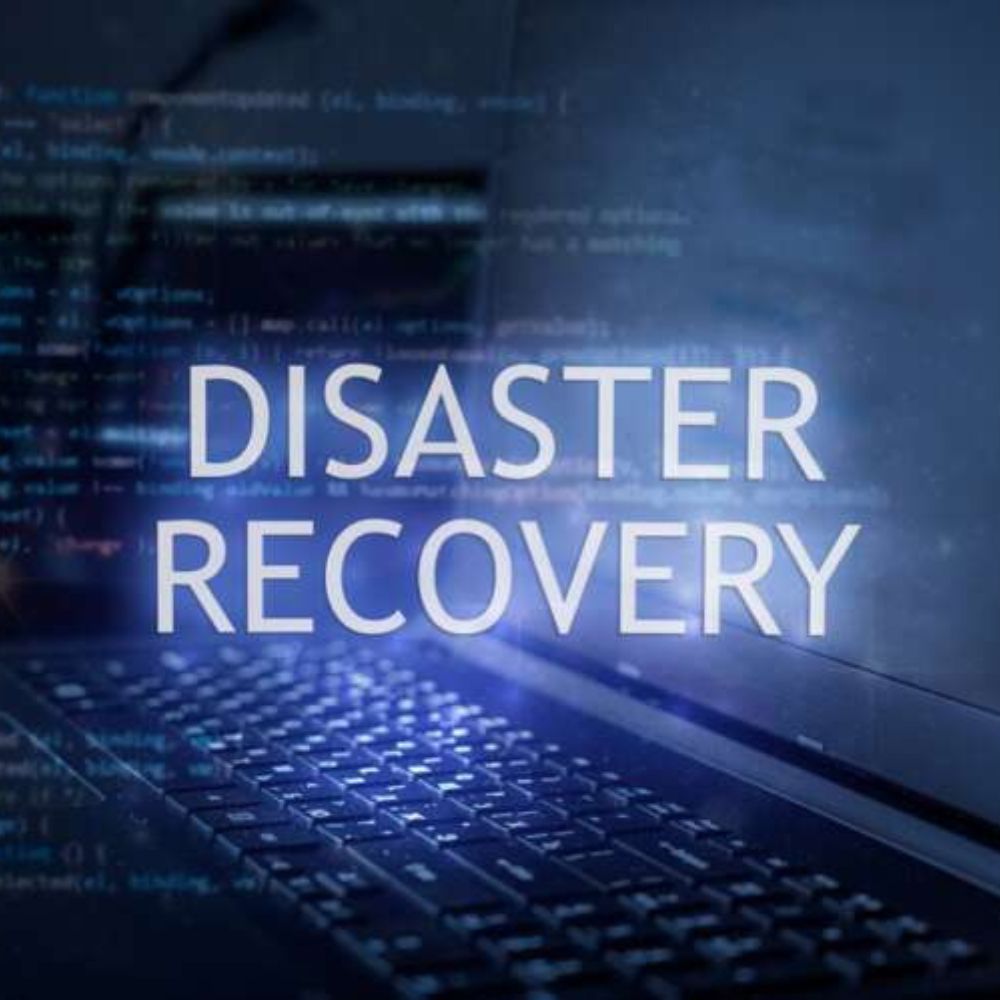5 Things To Know About IT Disaster Recovery and Business Continuity
2022-09-12 13:01:18

Living through a pandemic has shown us many things, one being the importance of remaining prepared for anything. When countless businesses had to close their doors in 2020, many were ill-prepared to handle such a disaster when it struck.
However, had solid disaster recovery plans been in place, companies may have avoided much of the fallout. With time, research, and preparation, you can easily equip yourself and your business for success in challenging times. It is about knowing what's crucial that matters the most.
Read on to learn the five most important things about IT disaster recovery and business continuity.
Critical Differences Between Disaster Recovery and Business Continuity
Firstly, what's the difference? Are they not the same thing? If they're not the same thing, why are they lumped together?
While they're not the same thing, they do go hand-in-hand.
Disaster recovery is the plan you have implemented for when things go wrong. Conversely, business continuity is a company's approach to minimising risks and ensuring that products/services can continue, regardless of the circumstances.
Disaster recovery can be considered a subset of business continuity. It helps define the steps a business must take to continue as usual. What do you need to consider regarding these steps?
1. Know Your Threats
Identifying threats is your business continuity plan's first and most important task. It should cover a few areas, namely your particular industry, region, business, and the potential disasters that may strike.
Disasters don't have to be specific to a business either, as several things could affect daily operations, like:
- Natural disasters
- Critical equipment failure
- Internet connection failure
- Cyber attacks
- Geopolitical events such as war or civil unrest.
While you can't plan for everything, ensuring that your plan covers at least most of these things can substantially impact the business's overall safety. One can separate disaster recovery plans into sections covering specific items if necessary.
2. Know Your Assets
Next, look at your most significant business assets or what's necessary for day-to-day operations to continue. For IT operations, these are:
- Software
- Cloud services
- Mobile devices
- Servers
- Workstations
- Network equipment
- Data files.
Once you've identified your most significant assets, you can begin prioritising them.
When disaster strikes, it isn't realistic to assume that you'll be able to keep all assets online. That's why narrowing down what's critical to your business, what's important, and what you can or cannot do without is essential.
Critical can mean something like your email server, important can be projectors for meetings or specific software, and your other non-essential assets might be recreational areas for employees.
During an emergency, companies need their email servers to continue running, whereas ping pong tables in the company's breakroom aren't a priority.
3. Know the Impacts
From there, know the impacts that losing out on these things might have on your business. How much downtime can you realistically sustain?
If your business runs an eCommerce site, every minute of downtime is money lost. However, if you run a law firm or an in-person store, you might not lose out on much by being down for a day or two. Regardless, it's important to have backups and to know your recovery time objective (RTO) so that things are quickly operational again.
4. Set Up Recovery Sites
One of the essential things your recovery plan needs is a way to back up data between multiple recovery sites continuously. While you should already have periodic backups scheduled, it's a good idea to ensure data is always present in several places during emergencies. There are a few location options you can place this data:
- On-site cold storage
- Off-site cold storage
- On-site warm backup
- Off-site warm backup.
Cold storage will involve a device either within your centre or off-site, and it often comes with high latency, meaning delayed access to data. Conversely, warm backups are low latency and allow you almost-immediate access to your data.
Setting up recovery sites involves many steps, but working with IT services specialists makes the process quicker and easier.
5. Test Backups
Finally, be sure to test all backups. You might be surprised at how often businesses discover, at the wrong times, that their systems don't work, which means that when it comes time to use them, they're as good as useless.
It's therefore essential to test systems directly after set up and then periodically after that. Regular testing helps identify potential configuration problems, software errors, or equipment failures that one can rectify before needing them.
Having an IT-managed services team by your side can be a big help during this process, as they can handle setting up your backups and testing and preparing any potential problems you might be facing.
Have Your Plan in Place
Now that you know the critical differences between disaster recovery and business continuity and what both can do for your business, creating a recovery plan will be much easier. Both elements are essential to your recovery arsenal, and it's great to know that you're covered on all accounts if things go amiss.
Luckily, we're here to help and get you started if needed. Contact us today to begin moving your business forward.


